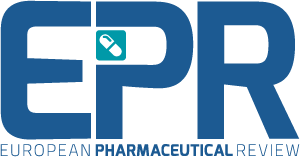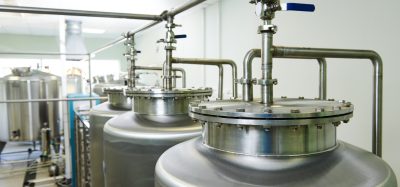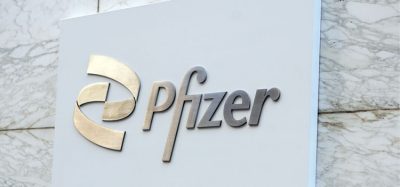Improving EU’s regulatory framework for enhanced pharma competitiveness
Posted: 6 May 2025 | Catherine Eckford (European Pharmaceutical Review) | No comments yet
Despite its potential to become a more attractive destination for drug developers, new research insists the EU market makes improvements such as faster regulatory approvals and closer collaboration.


New research reports that financial barriers, alongside regulatory restrictions and other factors, are making pharmaceutical companies choose the US over the EU market. Overall, this reduces investment in the pharma industry, and thus EU competitiveness with international markets.
Additionally, the findings from Bayes Business School, UK, and Merck KGaA, published in Drug Discovery Today, suggests that EU Member States must have closer collaboration, “provide better incentives for the development of new medicines and approve access to medicines quicker than other international regulators, if it is to attract greater investment from pharmaceutical companies”.
Current trends indicate Europe is favoured “for first submissions to develop drugs, due to faster average approval times, regulatory support and stronger incentives,” according to Bayes Business School and Merck KGaA.
Results from the study, based on interviews from senior industry professionals, highlighted the most common reasons companies select the US market over the EU, emphasising the necessity for an improved regulatory framework to support pharma’s competitiveness in the EU. These included:
• Lower prices in the EU, which limits the revenues and margins for pharmaceutical companies
• A smaller EU market compared to the US
• Non-standardised reimbursement systems across the EU, leading to difficulties in post-approval access of medicines
• Rising costs in the EU, resulting in lower incentive for companies to produce medicines in the region
• Insufficient access to capital, resources and expertise
• Fewer European clinical trials due to regulatory restrictions.
Enhancing pharma’s EU regulatory competitiveness
The study findings also identified measures that could enhance competitiveness in pharma for the European regulatory ecosystem by leveraging strengths. These included “regulatory sandboxes, joint scientific advice for drug-devices, electronic product information, and simplifying existing regulatory system and unlimited marketing authorisation”.
“Without significant changes, however, the EU risks falling further behind its competitors in attracting pharmaceutical innovation, investment, and leading research talent”
“It is widely recognised that the European drug dispersion has fallen behind that of the US and others…Pharmaceuticals are also a hot talking point right now, with [US] President Trump’s recent tariff announcements causing a stir in Ireland and across the EU – amid fears that industry giants such as Johnson & Johnson may look to relocate instead of paying costly sums to export their products to the US market.
“Our study is supported by findings of the 2024 Draghi Report, that laid bare the EU’s stagnation in pharmaceutical growth and urged reform in regulatory processes, capital access, and technological adoption…Without significant changes, however, the EU risks falling further behind its competitors in attracting pharmaceutical innovation, investment, and leading research talent,” commented Stefan Haefliger, Professor of Strategic Management and Innovation at Bayes, and Pedro Franco, Head of Europe Global Regulatory and Scientific Policy at Merck KGaA.
Related topics
Big Pharma, Drug Markets, Drug Supply Chain, Industry Insight, Regulation & Legislation, Research & Development (R&D), Therapeutics





![Novartis logo Novartis building in Stein, Switzerland [Credit: Taljat David shutterstock.com]](https://www.europeanpharmaceuticalreview.com/wp-content/uploads/novartis-image-400x187.jpg)



